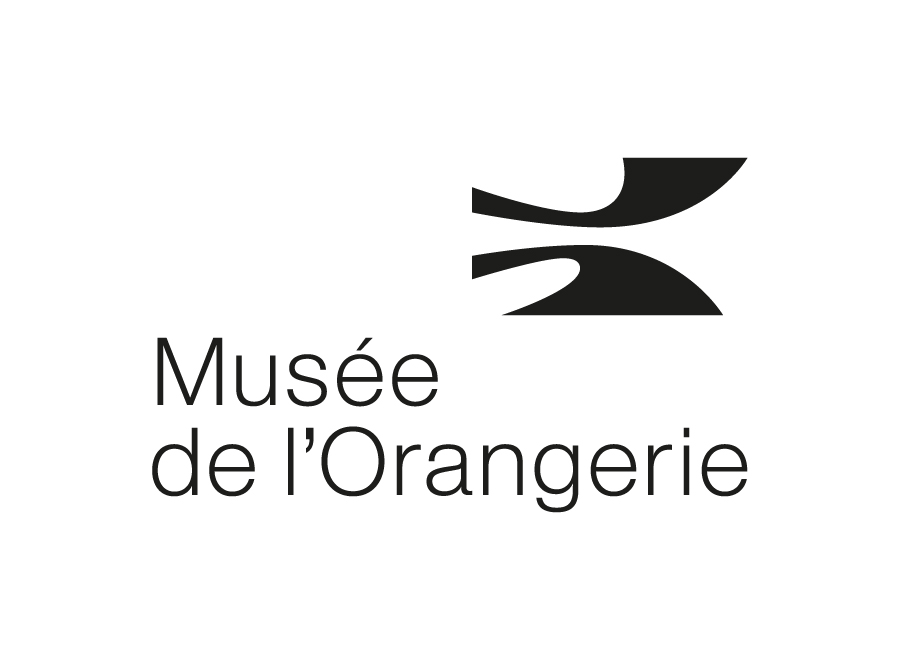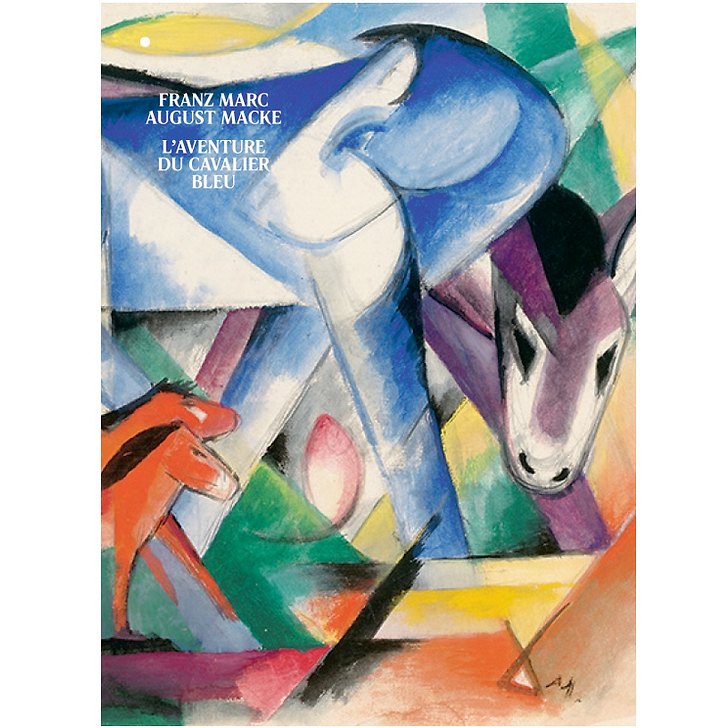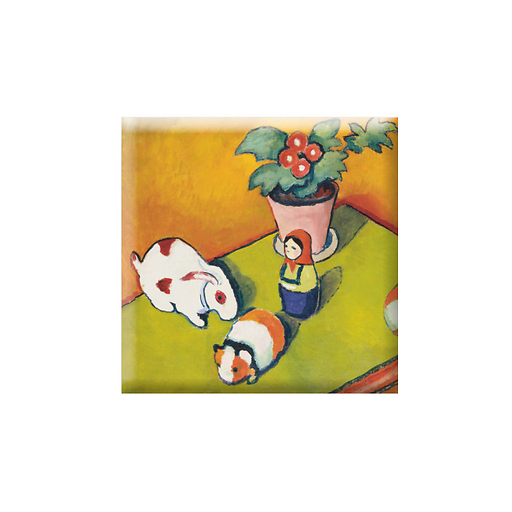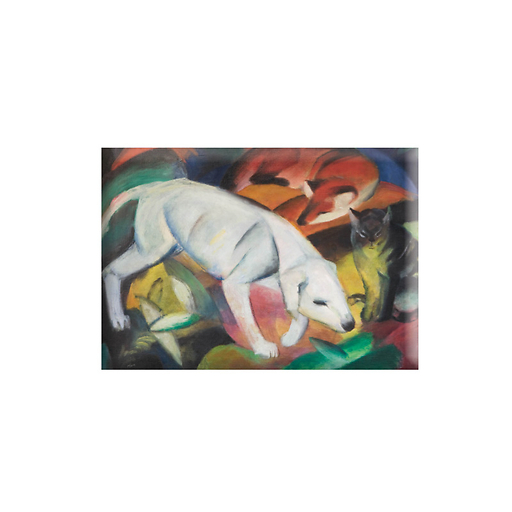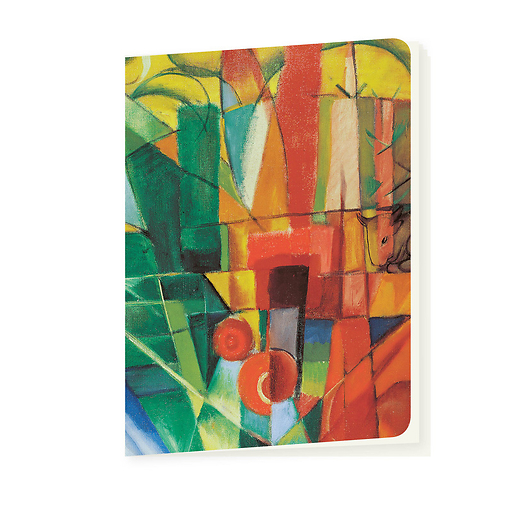Written in French.
Major figures of German expressionism, of the Blaue Reiter movement, Franz Marc (1880-1916) and August Macke (1887-1914) formed a friendship in 1910, united by a common knowledge and interest in French art (Cézanne, Gauguin, Van Gogh, fauvism) that they discovered during their stays...
Read more
Written in French.
Major figures of German expressionism, of the Blaue Reiter movement, Franz Marc (1880-1916) and August Macke (1887-1914) formed a friendship in 1910, united by a common knowledge and interest in French art (Cézanne, Gauguin, Van Gogh, fauvism) that they discovered during their stays in Paris. Both express in their first paintings, often painted outdoors, the same spiritual fascination with the landscape and nature.
It was after the meeting in 1911 with Wassily Kandinsky and the creation of the Almanac of the Blaue Reiter to which they contributed, that their painting took a more radical, more stylised turn. Franz Marc abandoned outdoor painting and began to paint his famous blue horses that inspired the title of the magazine. As actors in the formation of the Blaue Reiter group, they play an active role in the organization of avant-garde international exhibitions. From 1913 onwards, Franz Marc, struck by the exhibition of Italian futurists and Robert Delaunay's paintings, turned to abstraction. Distancing himself from the Blaue Reiter, Macke opposed Kandinsky's intellectual spirituality and favoured a more obvious relationship between man and nature.
The works of these two artists, emblematic of the hedonistic, colourful and seductive side of German expressionism, have been shown very little in France. Through some sixty works and documents evoking the Almanac of the Blaue Reiter, as well as numerous essays, this catalogue reveals their propensity to reinvent a relationship with the world.
Exhibition at the Musée de l'Orangerie from March 6 to June 17, 2019
Close
